10 Insect Repelling Plants for Around the Barn
By Sara Stewart MartinelliDid you know that you can plant any number of things around and near your barn to reduce and repel flies, mosquitos, and other insects? Here’s a list of some easy to grow plants that thrive in Colorado that are wonderful allies for keeping the population of these pests down.Catnip (Nepeta cataria) – Every cat’s favorite plant, catnip is a member of the mint family, so it grow with great enthusiasm. A natural compound found in catnip, nepetalactone, attracts cats, but repels insects. In one study, this compound has been found to be 10 times more effective at repelling mosquitos than DEET. [i] Catnip grows wild here in Colorado, and we have found that merely crushing the leaves and rubbing them on your skin can be effective at keeping mosquitos at bay in the evening. Planting catnip near the barn has the added benefit of attracting the barn cats, helping to put the mice on notice that the area has a feline patrol. Catnip is also a wonderfully relaxing herb when prepared as an infusion. While drinking this relaxing and quite tasty tea in the evening, spread a few drops on exposed skin to ward of the bugs.Peppermint (Mentha piperita) – Grow some mint around the barn so you can always grab some when it’s time to make mojitos. But, in addition to the it’s mojito uses, mint has been found to contain highly effective properties that repel mosquitos. Research has shown that mosquito larvae were unable to survive when exposed to peppermint oil.[ii] We throw a few sprigs of fresh mint into water trough’s in the summer to prevent mosquitos from breeding there, and have found that the horses love the added flavor. Peppermint oil has also been shown to be highly effect at repelling mice, and a few drops placed in areas where mice tend to hang out will let them know that they’re not welcome. Be careful, though, as mint grows with glorious abandon and will need to be controlled once it’s established. We find it to be an attractive plan, with a wide range of uses, so we encourage it to grow all over the farm.Lavender (Lavendula ssp) - Lavender one of nature’s most beloved gifts due to its incredible scent that has been used for centuries as a relaxing, soothing aromatherapeutic ally. The highly fragrant essential oil is repellent to insects, however, and can be used directly on the skin. In addition to the scent, lavender oil is known to be highly antibacterial and antimicrobial, so it’s an effective treatment for minor cuts and scrapes. It is also useful as a topical remedy for minor burns, and can be soothing to painful or itchy bug bites and stings. Growing lavender near the barn offers a beautiful garden plant with a multitude of uses. Here at Three Leaf Farm, we make lovely herbal swags each year using lavender sprigs, catnip, lemon balm and tansy and hang these throughout the barnPennyroyal (Mentha pulegium) – this low growing mint is famous for its ability to deter and repel mosquitos, fleas, and flies. It was one of the traditional strewing herbs used to keep bugs from the home. A few crushed stems can help repel mosquitos in the evening, or the dried and powdered leaves can help repel fleas when sprinkled on dog beds or even sprinkled directly on your dog. Like catnip and peppermint, pennyroyal is in the mint family and can tend to get a bit invasive if not controlled, however in Colorado we’ve found it to be relatively low maintenance and not as aggressive as it is in other zonesTansy (Tanacetum vulgare) – this perennial plant has been used historically in funereal practices to ward off bugs and worms. It was placed in coffins, wrapped in burial sheets, and made into wreaths to place on the dead. [iii] In Colonial days, tansy was used to preserve meat by rubbing it with the leaves. It has shown usefulness in repelling flies, and ants, and in the 1940’s it was infused in alcohol as a common mosquito repellent. Today’s research has shown tansy extracts to be useful in repelling mosquitoes, but not as strong as DEET.[iv] Research in Sweden has shown that tansy is effective in helping to repel ticks.[v] Some people have shown a sensitivity to applying tansy directly to the skin, and most herbalists today do not recommend internal use of tansy at all. However, it will grow with exuberance in the garden, and should be planted in areas where it can spread and reproduce without concern of invading the space of other plants. Tansy is a great plant for cutting and hanging in the barn to help repel flies.Geraniums (Geranium spp) – Geraniums have been selectively bred for scent, and the lemon scented variety is the most effective against mosquitos. Best grown in pots, they make attractive, useful, and low maintenance additions to the barn gardens. Our local variety, Geranium maculatum, commonly called American cranesbill, blooms from May to August in the foothills and make an attractive, clumping garden plant that emits a unique aroma that drives away flies and mosquitos. The root is traditionally used in herbal medicine as for its astringent and anti-inflammatory properties.Lemon Balm (Melissa officinalis) – Lemon balm has a delightful and delicious lemon scent and flavor. While attractive to humans, insects are repelled by its citrusy aroma. Also a member of the mint family, lemon balm is a relaxing herb prized for its ability to calm anxiety, slow a racing heart, and instill a feeling of serenity and peace. A few sprigs in a water bottle can calm nerves, and a tea made from either fresh or dried leaves is both delicious and slightly sedative. Like it’s other mint cousins, lemon balm spreads with joy, so be thoughtful where you plant it. We cut and dry our lemon balm at Three Leaf Farm to use in tinctures and teas during the rest of the year, and we’ve found that you really can never have too much of this plant.Marigolds (Tagetes spp) – these pretty little orange or yellow flowers have a compound in them called Pyrethrum, which is used in many commercial insect repellents, and in controlled studies it’s been shown to be even more effective than DEET in repelling mosquitos. These little annuals are easy to start from seed, and make a great border for a garden or are easy to grow in pots. They come in many colors and sizes, and tend to be easy to grow and tolerant of many conditions. Marigolds will bloom faithfully from late spring all the way into the fall, so they make a wonderful addition to a garden border or to a potted arrangement.Yarrow (Achillea millefolium) – Yarrow is a common wildflower in Colorado, but has also been selectively bred for the garden. The wild variety tends to be smaller, with white flowers, while the garden varieties are taller, and tend to have either soft or hot pink flowers. All are useful as insect repellents, both in the garden and directly on the skin. The feathery leaves can be mashed and rubbed on the skin, or they can be infused in either vodka or vinegar as a spray to keep away mosquitos. The medicinal uses of yarrow are many, and it grows easily in the garden, so it’s a useful and attractive addition to any barn garden.Citronella (Cymbopogon nardus) – Citronella is a clumping grass. The oil has been used commercially in insect repellents and candles, and most people are familiar with it’s citrusy scent. It’s native to Southeast Asia, so here in Colorado, we can only grow it during the summer in pots, and it will die off during the winter. Plant some citronella in pots along with the geraniums, and you’ll have a lovely, bug repelling floral planter by the doors to the barn.
A recipe for a natural mosquito repellent
In a large, quart size mason jar:½ cup fresh yarrow, chopped small12 sprigs fresh pennyroyal, chopped small12 sprigs fresh peppermint, chopped small12 sprigs fresh peppermint, chopped smallRind of one lemon, chopped into small piecesPlace all herbs into the jar.Pour either vodka or apple cider vinegar over the herbs.Place the lid on the jar, and allow it to steep/infuse for 6 weeks.Strain and compost the herbs.Add 25 drops each of lavender, citronella, lemongrass essential oils.Put into spray bottle and use as needed.[i]https://www.sciencedaily.com/releases/2001/08/010828075659.htm[ii]http://malariajournal.biomedcentral.com/articles/10.1186/1475-2875-10-S1-S11[iii] Mitich, Larry W. (March 1992). "Tansy". Weed Technology. 6: 242–4.[iv] Mitich, Larry W. (March 1992). "Tansy". Weed Technology. 6: 242–4.[v] Pålsson K, Jaenson TG, Baeckström P, Borg-Karlson AK (January 2008). "Tick repellent substances in the essential oil of Tanacetum vulgare". Journal of Medical Entomology. 45 (1): 88–93










